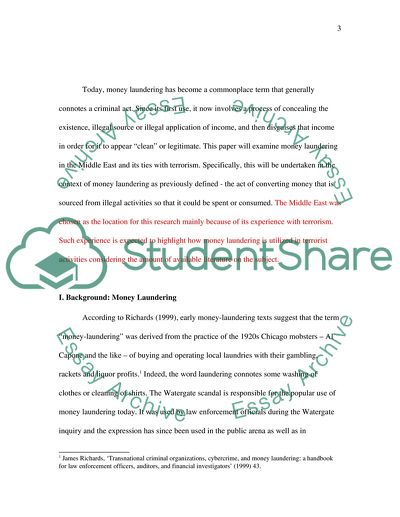Cite this document
(“Money Laundering and Terrorism in the Middle East Research Paper”, n.d.)
Money Laundering and Terrorism in the Middle East Research Paper. Retrieved from https://studentshare.org/macro-microeconomics/1737947-money-laundering-and-terrorism-in-middle-east
Money Laundering and Terrorism in the Middle East Research Paper. Retrieved from https://studentshare.org/macro-microeconomics/1737947-money-laundering-and-terrorism-in-middle-east
(Money Laundering and Terrorism in the Middle East Research Paper)
Money Laundering and Terrorism in the Middle East Research Paper. https://studentshare.org/macro-microeconomics/1737947-money-laundering-and-terrorism-in-middle-east.
Money Laundering and Terrorism in the Middle East Research Paper. https://studentshare.org/macro-microeconomics/1737947-money-laundering-and-terrorism-in-middle-east.
“Money Laundering and Terrorism in the Middle East Research Paper”, n.d. https://studentshare.org/macro-microeconomics/1737947-money-laundering-and-terrorism-in-middle-east.


